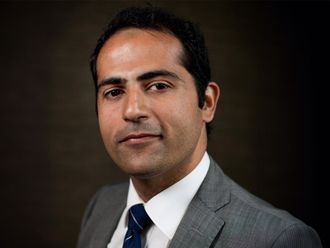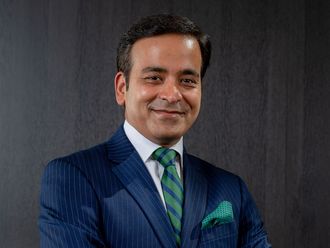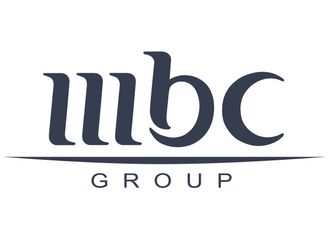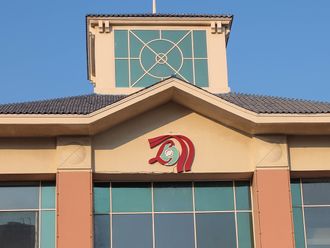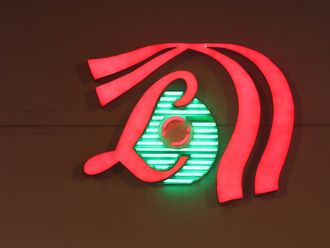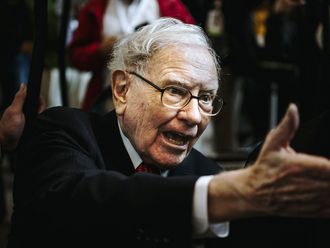According to a field study, the monetary value of activities related to the Haj and Umrah exceeds $30 billion (Dh110.2 billion).
Unlike the Haj, Umrah can be performed at any time, though it is particularly popular during the fasting month of Ramadan. The figure covers travelling, accommodation and living expenses, as well as cost of animals for sacrifices.
The average cost of sacrificed animals amounts to about $130 per pilgrim. Other expenditures deal with purchases of gifts and spending on telecommunications
To be sure, the statistics reflect the multiplier effect on the economy, as every riyal spent brings about four additional riyals. Undoubtedly, this is a sizeable amount by virtue of making up around 7 per cent of the kingdom's gross domestic product.
Current terms
Yet the actual contribution of the Haj and Umrah is partly affected by oil prices. In 2008, Saudi GDP grew by a hefty 22 per cent in current terms on the back of the exceptional rise of oil prices in the first seven months of the year. Oil price reached a record $147 per barrel in July 2008.
However, actual monetary value of the Haj and Umrah is likely to be higher, as some business owners traditionally under-report actual income limit payment of 2.5 zakat tax. Zakat is a form of Islamic tax, put into practice in Saudi Arabia.
Real figures
Still, others refrain from providing real figures in order to deter entry of potential entrepreneurs in their line of business.
Four cities in western Saudi Arabia benefit substantially from the Haj, namely Makkah, Madinah, Jeddah and Taif. King Abdul Aziz Airport in Jeddah serves as the gateway to Makkah.
In addition, Saudi tourism authorities encourage wealthy pilgrims to visit other places in the vast kingdom, including tourist sites in the south, which are not too far from the holy places.
The annual Haj in particular serves as a golden opportunity for Saudi businesses to launch new consumer products. Demand tends to be the order of the day during the season, as locals refer to the Haj.
Saudi firms can learn vital information about their products from more than 2 million pilgrims, the majority of whom are foreign nationals. As such, freshly developed Saudi products can be subjected to improvement prior to marketing them in the other five member states comprising the Gulf Cooperation Council (GCC).
In fact, many GCC nationals tend to perform the Haj on a regular basis. In turn, Haj contractors rely on them to generate steady income.
Opportunities
Additionally, the Haj season provides employment opportunities for thousands of Saudi nationals. Some Saudis, including youngsters, engage in simple trading activities such as selling foodstuffs and prayer beads.
The Saudi economy needs to generate more than 160,000 jobs a year to cope with demand.
Yet, other Saudis and foreign residents use their private vehicles to transport pilgrims. Also, some Makkah residents rent their structures to firms arranging for pilgrims to support their living expenses throughout the year.
Clearly, some activities related to the Haj go unreported due to lack of a comprehensive tax regime.
However, transportation of pilgrims to and from three critical areas within Makkah should change dramatically in 2011, the year Al Mashaaer Al Mugaddassah Metro (MMMP) is set to be in full operation.
In February 2008, China Rail Construction Company won a $1.8 billion contract to construct an 18-kilometre metro line linking Mina, Arafat and Muzdalifah.
The plan calls for carrying a maximum of 72,000 pilgrims per hour in one direction during the Haj of 2011. Still, partial operation of MMMP is set for the 2010 Haj. Certainly, all roads lead to Makkah during the annual Haj.
- The writer is a Member of Parliament in Bahrain.




